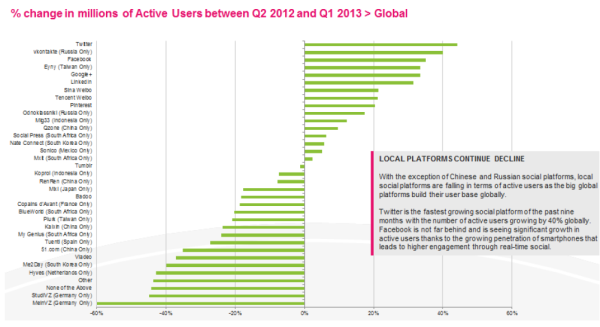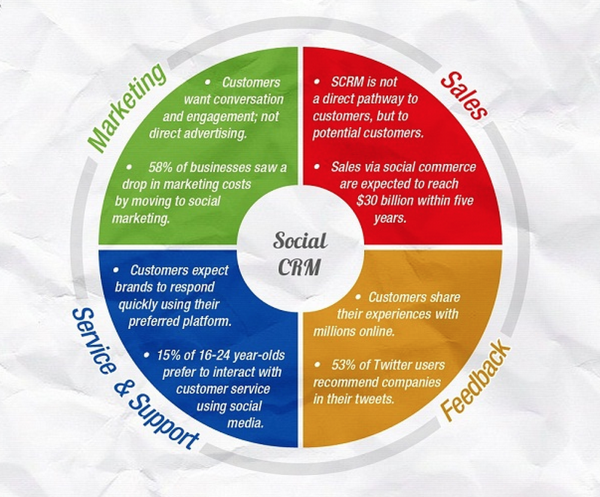Universities are getting hit by a tsunami of changes ranging from increased competition among universities as they expand traditional recruiting territories, stronger on-line competition from traditional and new competitive entries, rising tuition and student debt levels as well as a new marketing environment. I am focusing on the latter change, which is getting less attention given the magnitude of the other factors.
Students are not just early adopters of social media, the incoming cohorts of digital natives have grown up with digital as their primary communication, information gathering, meeting place and more.
Education is one of the first really big purchases and investments of that generation. So how do universities work in that environment? Here is a fun infographics comparing traditional versus social customer relationship management (CRM). This is very relevant for universities to consider.
Traditional vs. Social Customer Relationship Management (CRM)
Source: Our Social Times: Click to see entire chart
Decentralized communication meaning that students organize their information flow themselves has been a game changer. Just look at Hobson's collegeconfidential site, which is carefully watched by admission officers. For international recruitment, the challenge is obviously even greater in the non-English speaking world, since individual admissions officers are not able to monitor the multitude of languages in various social media environments. As a result, information flows within digital and social media can many times undermine universities' recruiting efforts unknowingly. On that topic also see our blog on blind spots in China.

Source: GlobalWebindex, April 2013
To engage with global social media for international student recruitment, the world is really divided in two parts: China and the rest of the world. The chart above shows the growth of the main, well known U.S.-originated platforms such as Twitter, Facebook, Google Plus and Pininterest. The smaller networks around the world -- outside China -- are losing audiences. While you will still need special pages for particular countries and languages, the platform, content format and interaction format will be familiar to you.
You will still have to engage and dedicate time and resources to engage with prospective students and parents, but the technical hurdles will shrink over time. Tools, such as Hootsuite or Hubspot, to manage, monitor and respond in the various social media environments are constantly improving.
If you want to see examples from a few experienced practioners from Tufts University and the University of Wisconsin - Madison, have a look at this presentation from an OACAC College Board panel on digital recruitment marketing.



